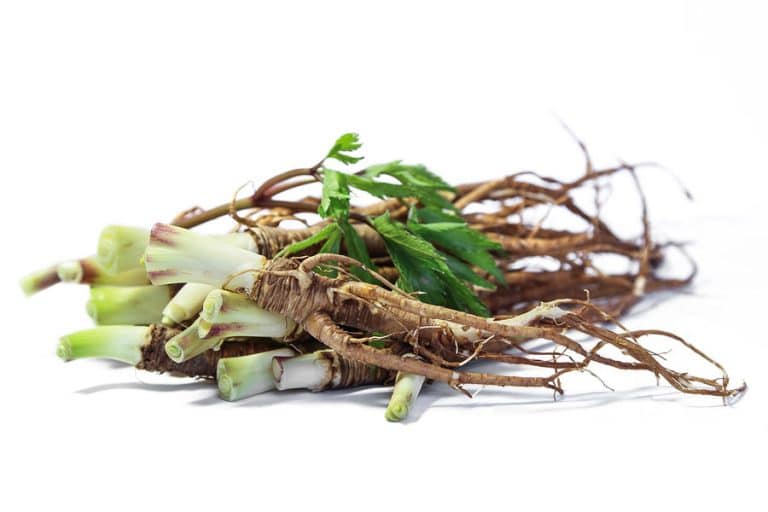Sarsaparilla
Aralia Nudicaulis is a flower-bearing plant and is generally called Small Spikenard, False Sarsaparilla, Shot Bush, Wild Liquorice, Rabbit Root, and Wild Sarsaparilla. It is indigenous to the East and Northern regions of North America. It grows as tall as 30 to 60 cm (12 to 24 in) and has stems that creep beneath the ground.
History
The plant’s major portion of the vine is used to make Sarsaparilla. We come across this plant in the provinces of Mexico, South America as well as Central America. The root is the most useful part of the plant, and people make use of it for manufacturing medicines. The taste of the root of sarsaparilla is really bitter and to prepare medicines the pharmacist adds a sugar solution to the root. It was thus that the sarsaparilla drink came into being. Perhaps this was the soft drink, which was prepared earlier than Pepsi and being an initial soft drink presented with a different taste, it the public came to love it.
Anatomy
During the spring season, the stems that grow under the ground bring forth leaves that are compound and thinly toothed. Its blossoms are minute and white in color and are characteristically arranged in clusters of the triple global shape of width 4 to 5 cm (1.6 to 2.0); their scapes are as tall as the leaves. They blossom during the months of May to July and form inedible berries of purplish-black hue. Prior to the ripening of the fruits their foliage becomes dormant during the summer season. The taste of the berries is sweet and a bit spicy.
Habitat
At times we come across the Wild variety of Sarsaparilla in the northern ranges of Illinois; however, they are less often seen in the western-central regions of Illinois, and not present in the remaining parts of Illinois. The territories where we find them are the sandy woodlands, forested bogs, swamps, thick woodlands and rocky woodlands. These varieties have become accustomed to the woodlands.
Soil for Planting
Select a spotted shady location to plant Sarsaparilla. The wild type of Sarsaparilla is adapted to the wooded habitats and grows beneath the canopy of the forest trees. Even though it adjusts to direct sunlight, it performs well where the location gets shade for some time of the day.
Supply properly drained soil to it even though the wild sarsaparilla is not particularly insistent on the soil features. Also, it does not require a soil rich in nutrients for proper growth. It performs well when the soil is properly drained, so that the roots and the seeds do not get rotten.
Sow your seeds in loose soil in rows, provide little water and tap the soil carefully. The time the seed takes to germinate is slow and at times the seeds are likely to germinate only after two winters have passed following the sowing of seeds. In nature the germination of the seed is the optimum when an animal or bird consumes and excretes the seeds.
Watering
Do not water continuously; however, do water without fail until the seedlings are visible. These plant adapts to drought conditions to a certain extent, therefore, supply water either two times or once in a week and allowing it to dry, permitting it to have a natural growth. When the seedlings are as tall as 6 inches, transplant them.
Temperature and Humidity
It needs a temperate and humid climate. It typically requires cold winter and warm summers. At the moderate initial period of frost about the 1st of October and the end of freezing period this is during 23rd April, the plant tolerates a temperature that is, to the extent of 100°F in summer and -33°F in winter. The moderate relative humidity is 71 %.
Uses
- The various ailments such as psoriasis, syphilis and leprosy are treated by using Sarsaparilla.
- There are possibilities of the symptoms of psoriasis becoming better by the extracts of sarsaparilla.
- There is a possibility of the digestion problems as well as appetite to improve with sarsaparilla.
- Kidney problems
- Rheumatoid arthritis
- Syphilis
- Fluid retention
- Gonorrhea
- Related conditions
The users need more proof to know how effective sarsaparilla is.
Pests and Pesticides
The common pests that affect sarsaparilla are cutworms, four-lined plant bug, aphids, grubs, pit scale, mealy bugs, plant hoppers, leaf rollers, millipedes, stem borers, root knot nematode, slugs, root-lesion nematode.
Diseases
the common diseases that affect are Botrytis Blight, Alternaria Leaf and Stem Blight, Root Rot, and Phythophthora Leaf Blight. Rhizoctonia crown rot, Cylindrocarpon root rot called Disappearing Root Rot, Fusarium Rot, Rusty Root, Sclerotinia White Mold, Pythium Rot and Damping-Off.

Having discovered a fondness for insects while pursuing her degree in Biology, Randi Jones was quite bugged to know that people usually dismissed these little creatures as “creepy-crawlies”.







